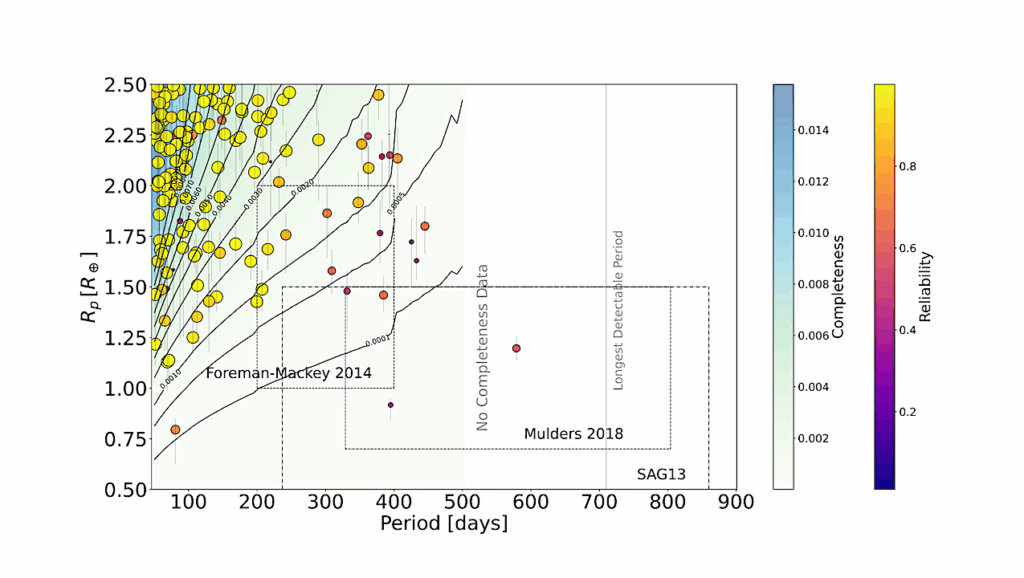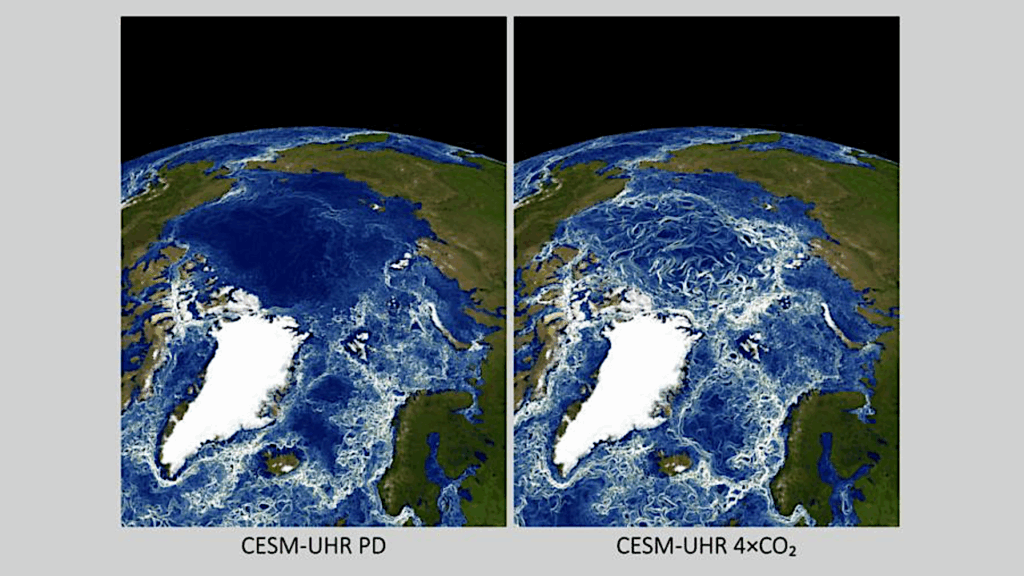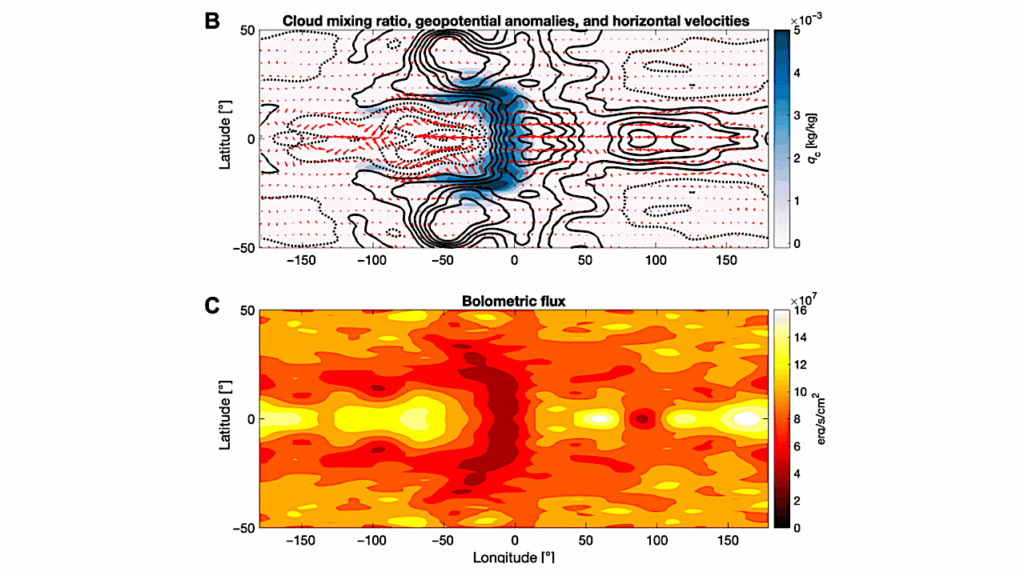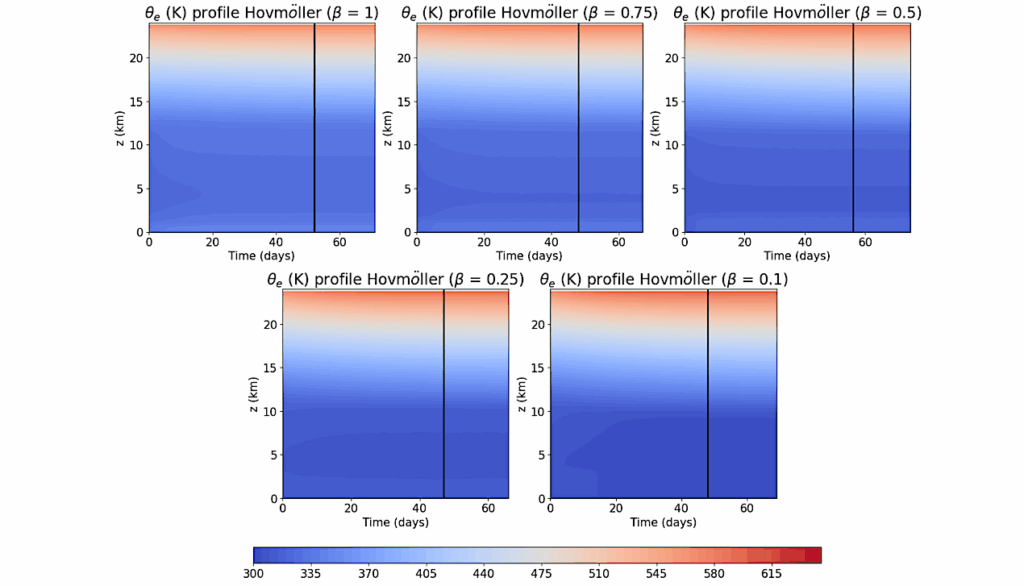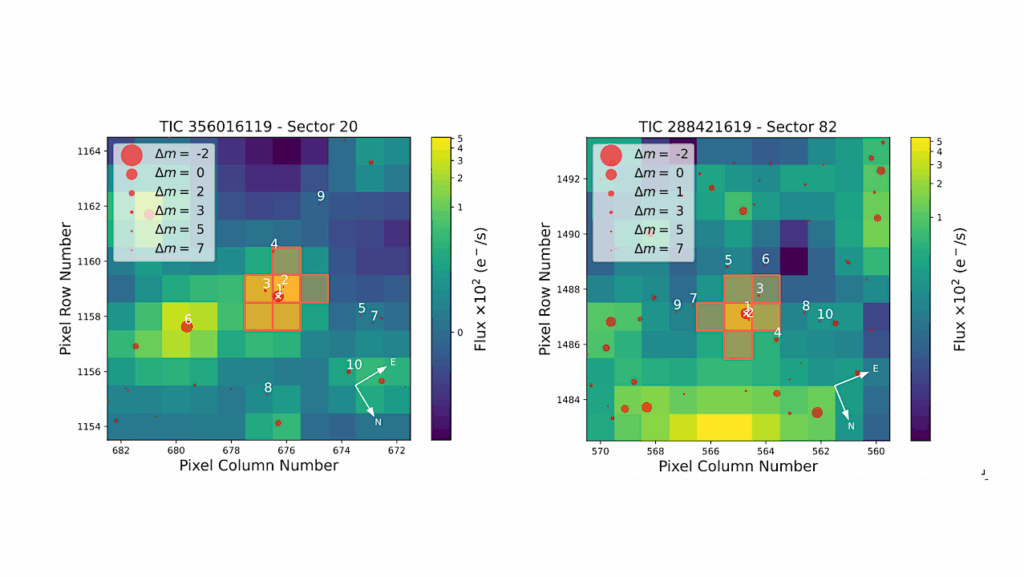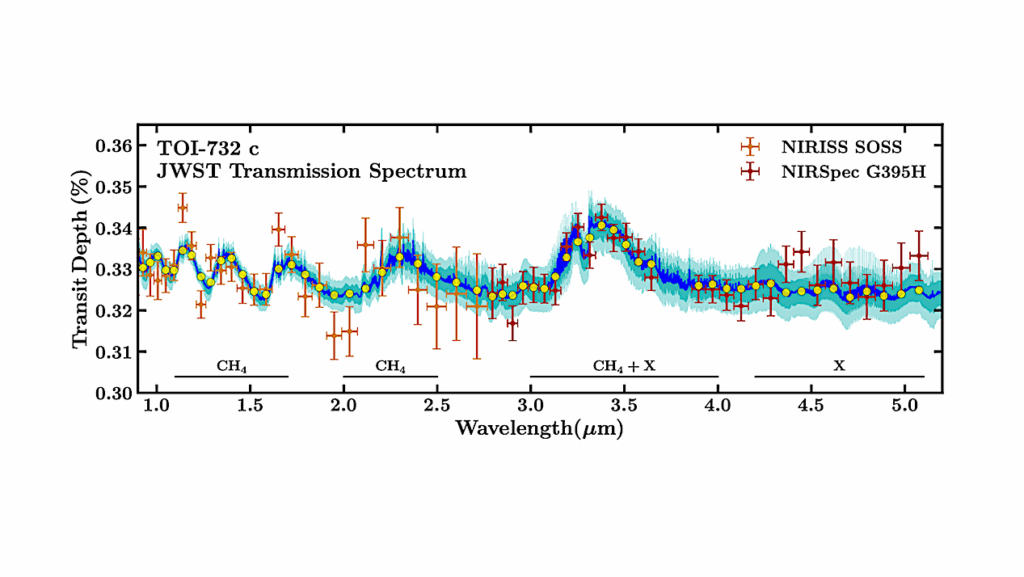Astrovirology And Terrestrial Life Survival

Microbial organisms have been implicated in several mass extinction events throughout Earth’s planetary history. Concurrently, it can be reasoned from recent viral pandemics that viruses likely exacerbated the decline of life during these periods of mass extinction.
The fields of exovirology and exobiology have evolved significantly since the 20th century, with early investigations into the varied atmospheric compositions of exoplanets revealing complex interactions between metallic and non-metallic elements.
This diversity in exoplanetary and stellar environments suggests that life could manifest in forms previously unanticipated by earlier, more simplistic models of the 20th century. Non-linear theories of complexity, catastrophe, and chaos (CCC) will be important in understanding the dynamics and evolution of viruses.
Astrovirology and Astrobiology: expanding the framework:
Stedman et al. provided a comprehensive review of astrovirology and Schwieterman et al. thoroughly investigated exoplanetary biosignatures indicative of life [1-2]. Building upon their work, we explore additional environmental and microbiological parameters that could influence the emergence and evolution of life, across extraterrestrial environments.
By drawing parallels with terrestrial events, we hypothesize similar or divergent outcomes on exoplanets under analogous or unique conditions. The application of complexity, catastrophe, and chaos (CCC) theories is central for modeling non-linear, conditional scenarios that offer a more nuanced understanding than simply linear models.
The Perryman exoplanet handbook emerges as a critical resource, challenging the oversimplified goldilocks hypothesis through its exhaustive compilation of exoplanetary research. This data-driven book forecloses the inadequacy of single-factor theories for the origins of life and in explaining habitability of exoplanets. Advancements in astronomy and chemistry highlight the necessity for further technological innovation.
Also, theoretical sophistication allows us to deepen our understanding of possible exoplanetary events. However, caution is advised against drawing definitive conclusions, as anomalies necessitate ongoing reassessment and refinement. The advent of quantum computing and neural networks is revolutionizing both our field as well as invigorating the search for extraterrestrial life by facilitating computational analyses [3,4, 5].
Limiting the problem to Earth-bound molecular biology and biochemistry, because it is terrestrial (and the only life ever detected), neglects the wider panoramas needed to evaluate the origin of life elsewhere, without missing it. Given the single occurrence of life as seen on the Earth, there have been cataclysmic events. At least five en mass extinction events occurred during Earth’s planetary history. Are such events anticipated for life discovered elsewhere? Will extinction events be analogous among divergent life forms and their disparate biochemical and environmental conditions?
Moreover, will such extinction events be engendered while terrestrial life is propagated throughout the solar system? An important corollary question is when does extra-terrestrial intelligence (ETI) develop in an exobiological history? On Earth, intelligence (defined scientifically) developed among mammals, presumably serendipitously, after five mass extinctions [3-6].
Astrovirology and terrestrial life survival Bioinformation. 2024; 20(2): 146–150. Published online 2024 Feb 29. doi: 10.6026/973206300200146 PMCID: PMC10941782PMID: 38497066(open access) via PubMed
Astrobiology


